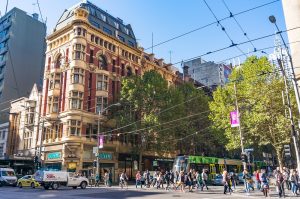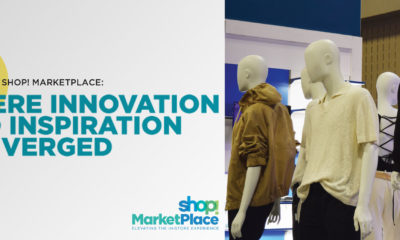The Numbers
Melbourne, a bustling metropolis of 4.6 million people, is Australia’s second-largest city and the capital of the state of Victoria (and was, from The Federation of Australia in 1901 until 1927, the seat of commonwealth government).
Its location, at the very southeastern tip of the continent, makes it Australia’s busiest commercial seaport and a hub of both tourism and immigration – mostly from the U.K., India, China and Southeast Asia. For a period in the mid-2000s, Melbourne sustained the highest population increase and economic growth rate of any Australian city.
The Pulse
Despite the rapid population growth, The Economist Intelligence Unit’s (EIU) annual Global Livability Ranking has named Melbourne “the world’s most livable city” every year since 2011. The EIU ranks 140 cities for their urban quality of life based on assessments of their stability, healthcare, culture and environment, education and infrastructure.
“We are an active city, with miles of beaches within a stone’s throw of our central business district, more bicycles than Amsterdam (or so it seems) and a ski resort less than a two-hour drive away,” says Roy Tavenor, managing principal of Melbourne’s Red Design Group. “And we have some of the world’s best sporting venues barely a 10-minute tram ride from the city center.”
Plus, he says, “the world’s best coffee – we like to believe.”
The Hot Spots
It’s warm and sunny in June for much of the world, but hardy Melburnians are currently warding off the cold, drizzly mid-winter of the Southern Hemisphere. Still, they flock to Collins Street, the city’s premier luxury shopping strip just north of the Yarra River, for Prada, Louis Vuitton, Emporio Armani, Tiffany & Co., Bulgari, Gucci, Montblanc and Tom Ford, among many others.
Advertisement
“For decades, our city was best described as provincial, with established local retailers and Australian designer brands in every mall and most shopping strips,” Tavenor says. “What’s changed? A doubling in our inner-city population, a boom in the central business district’s high-rise apartment towers and an explosion of our Asian population, especially students, bringing a taste for luxury brands and higher disposable incomes.”
Obstacles and Opportunities
Growth has brought competition. “Our supermarket giants have had their fair share of challenges, largely due to the entry of low-cost operators such as the German Aldi chain and U.S.-based Costco,” says Tavenor.
The growing presence of Uniqlo, H&M and Zara has shuttered the once-thriving factory discount shops of the Melbourne rag trade.
“Signs of stress are evident in many suburban malls,” says Tavenor, “with rent reductions and shopfront hoardings a lot more evident than before.”
And recently, the Myer Melbourne department store, a 100,000-square-foot downtown landmark for 90 years, was closed for several months for a serious $300 million downsizing that left it half the size.
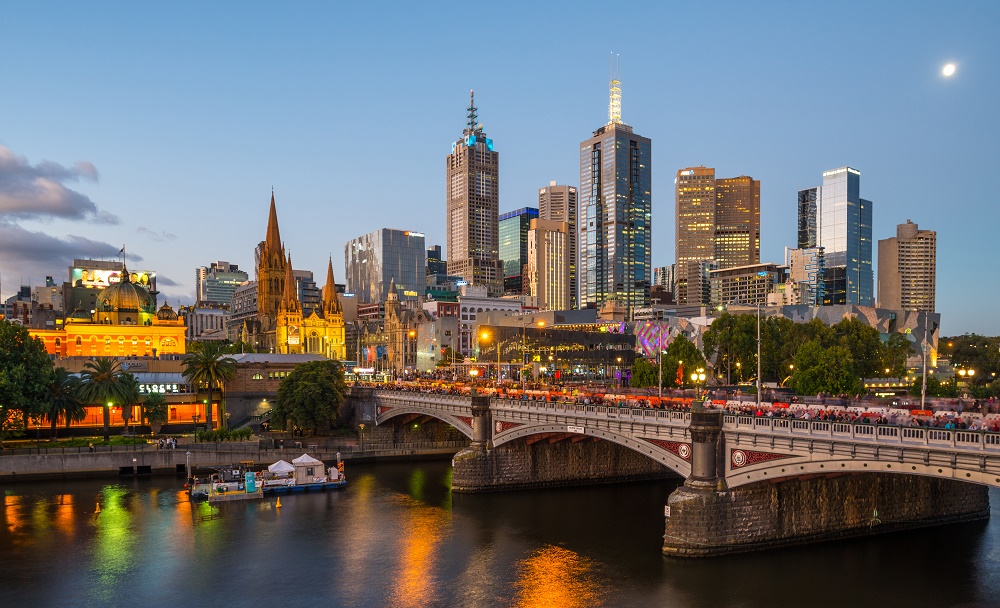
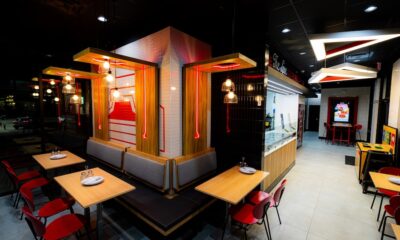
 Headlines1 week ago
Headlines1 week ago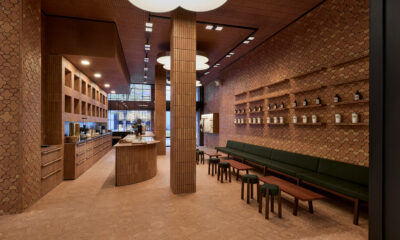
 John Ryan2 weeks ago
John Ryan2 weeks ago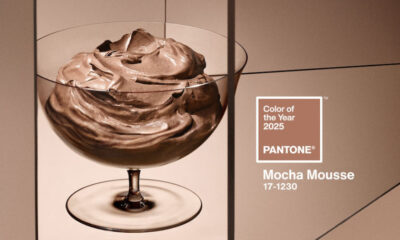
 Headlines1 week ago
Headlines1 week ago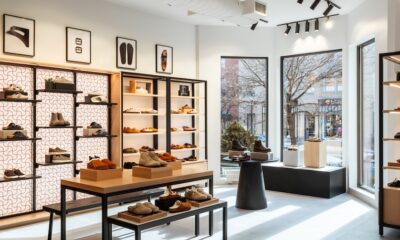
 Headlines2 weeks ago
Headlines2 weeks ago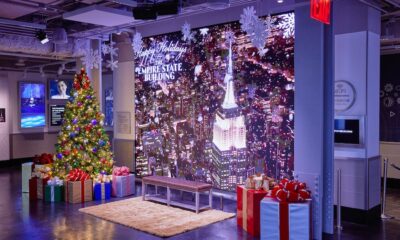
 Headlines1 week ago
Headlines1 week ago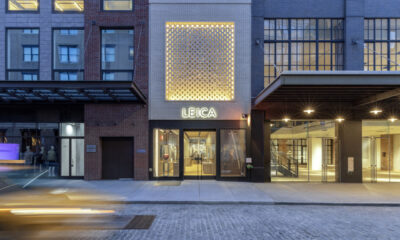
 Retail Buzz3 days ago
Retail Buzz3 days ago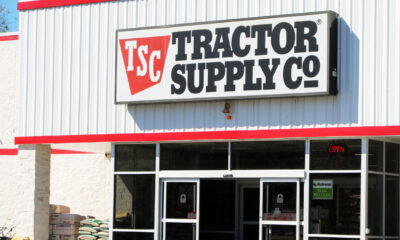
 Headlines1 week ago
Headlines1 week ago
 Headlines1 week ago
Headlines1 week ago


